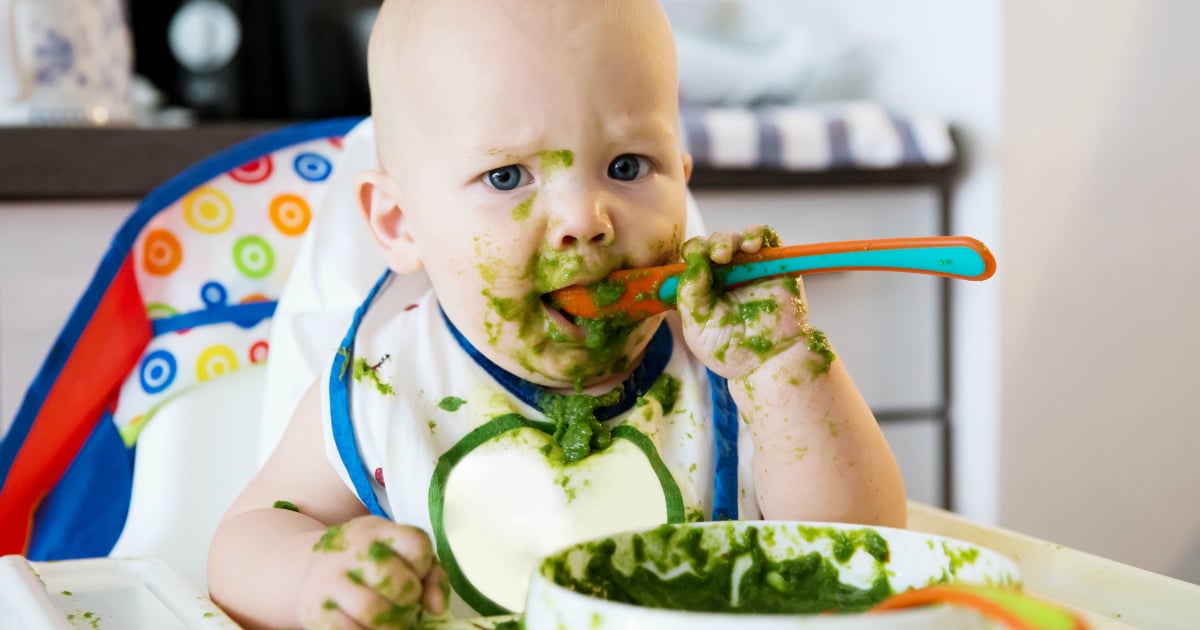Introducing your little one to solid foods can be a time of excitement and new adventure, but also one of frustration, stress and confusion for many parents.
During the early weeks and months, the tastes and flavours your baby is exposed to will play a large role in shaping their eating habits going forward.
While this may sound like a daunting task, it’s a wonderful opportunity to teach your baby to enjoy a wide variety of healthy foods, to build a positive relationship towards food and to look forward to mealtimes.
Following the guidelines listed below will help to make this developmental milestone an enjoyable and wholesome one, as you embark on your child’s first flavour-filled journey – whether you’re using purees, baby-led weaning or a combination of the two.
*The official advice is to give your baby well-mashed or pureed foods at the beginning of weaning, as well as finger food from six months. The Department of Health, the European Union, and the World Health Organisation all recommend this.
Repetition is key
With first tastes, it can take between six and 16 flavour experiences before a particular taste or food becomes accepted. If your baby turns their nose up on the first try – don’t give up. Learning to accept and enjoy certain foods is a process and a learnt skill for all of us, so be patient as you serve them to your baby again and again. It’s completely normal!
Role model healthy behaviours
You can’t expect your baby to eat their veggies, yet not touch them yourself. Right from the start, babies begin to learn so much from our behaviour and the more they see you eating and enjoying a rainbow of veggies, fruits, proteins and whole grains, the more likely they are to mimic your choices and actions.


